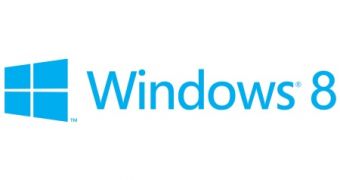Microsoft has designed Windows 8 to provide users with a great connectivity experience in a wide range of scenarios, and the included support for IPv6 is one of them.
Soon, IPv4, the Internet Protocol that has been used for Internet connectivity for decades, won’t be able to keep the amount of users connected for much longer.
Since IPv4 can provide only around 4 billion IP addresses, the 15 billion devices estimated to be connected by 2015 will need new ways to access the Internet.
IPv6 was designed as the solution for these issues, being capable of delivering more than 3×10^38 IP addresses, which would be more than enough to keep all users on the Internet.
Moreover, the technology arrives with a range of other improvements inside as well, such as support for IPsec.
However, it will take a long time before devices will be able to use only IPv6 technology to connect to the Internet. Only 1 percent of them can do so today.
According to Microsoft, they designed the upcoming Windows 8 platform to offer support for using only IPv6, while keeping support for IPv4 as well. In fact, the platform can run easily either on only one of them, or on both of them at the same time.
There will be a transition period to the new technology, and Windows 8 will offer support for three scenarios included in the process:
- IPv4-only networks. This is probably what you have today, as most Internet Service Providers have only just started rolling out IPv6 support. Many devices that connect to the Internet might only support IPv4 as well.
- IPv4 and IPv6 networks (dual-stack). This means your Internet Service Provider is configuring your PC with both IPv4 and IPv6 addresses. This model is common in cable and dial-up networks that are transitioning.
- IPv6-only networks. This means your Internet Service Provider is configuring your device with only IPv6 addresses. Because many websites are still only on the IPv4 Internet, ISPs must use a translation device to allow access from your IPv6 network to the IPv4 Internet. This device is called a NAT64. Through packing these capabilities inside Windows 8, Microsoft makes sure that users will be able to take advantage of all devices powered by it in any of the above circumstances.
During the transition period, when dual-stack networks will represent the common deployment model, users will enjoy the same experience on either of the technologies, although Windows 8 was developed to prefer native IPv6 connectivity over IPv4 connectivity, when both modes are available.
When Windows 8 arrives, some of Microsoft’s services will deploy IPv6 support, ensuring that the platform will be complemented by a wide range of services on the new technology. Windows Update already supports both IPv6 and IPv4, and more will follow.

 14 DAY TRIAL //
14 DAY TRIAL //